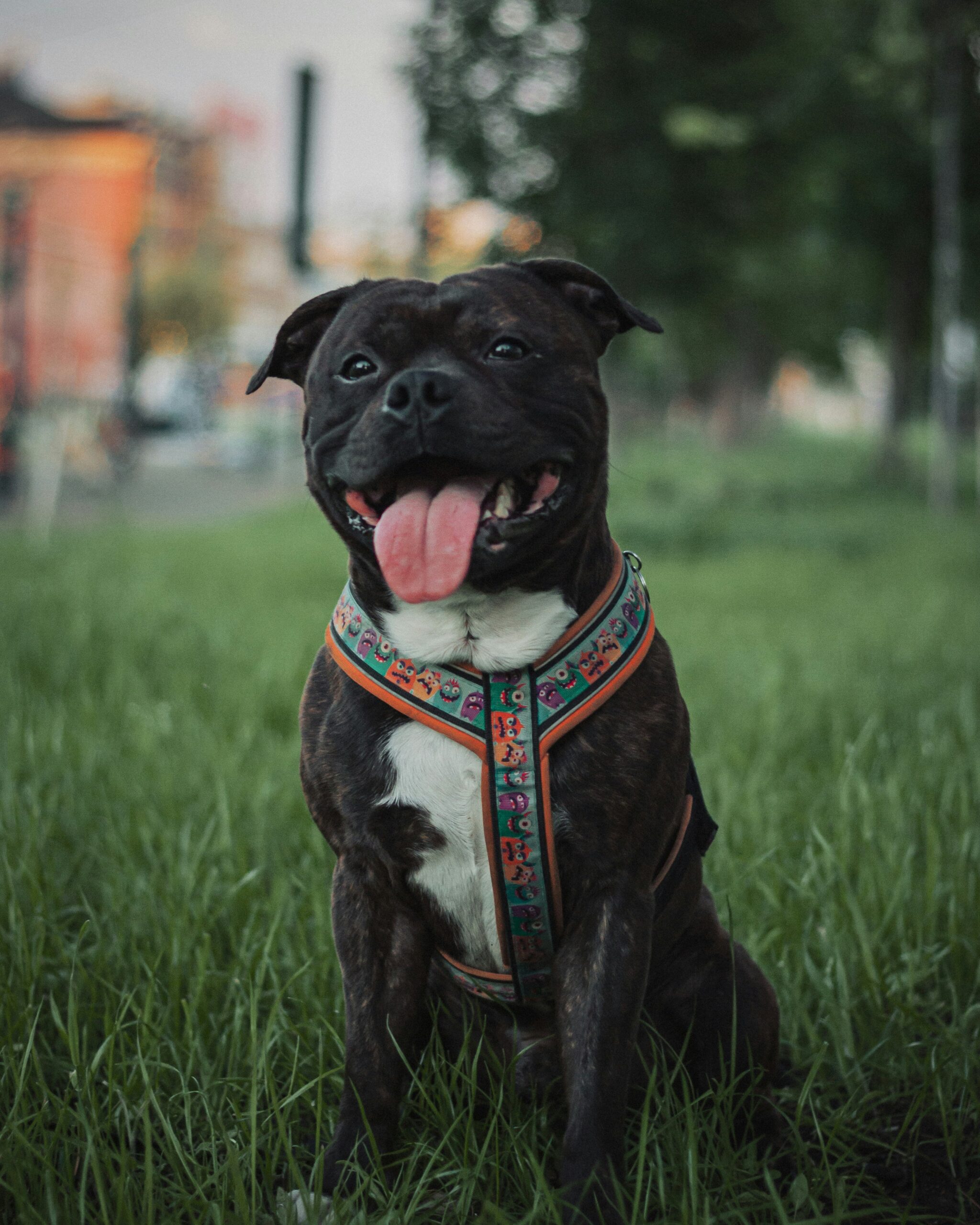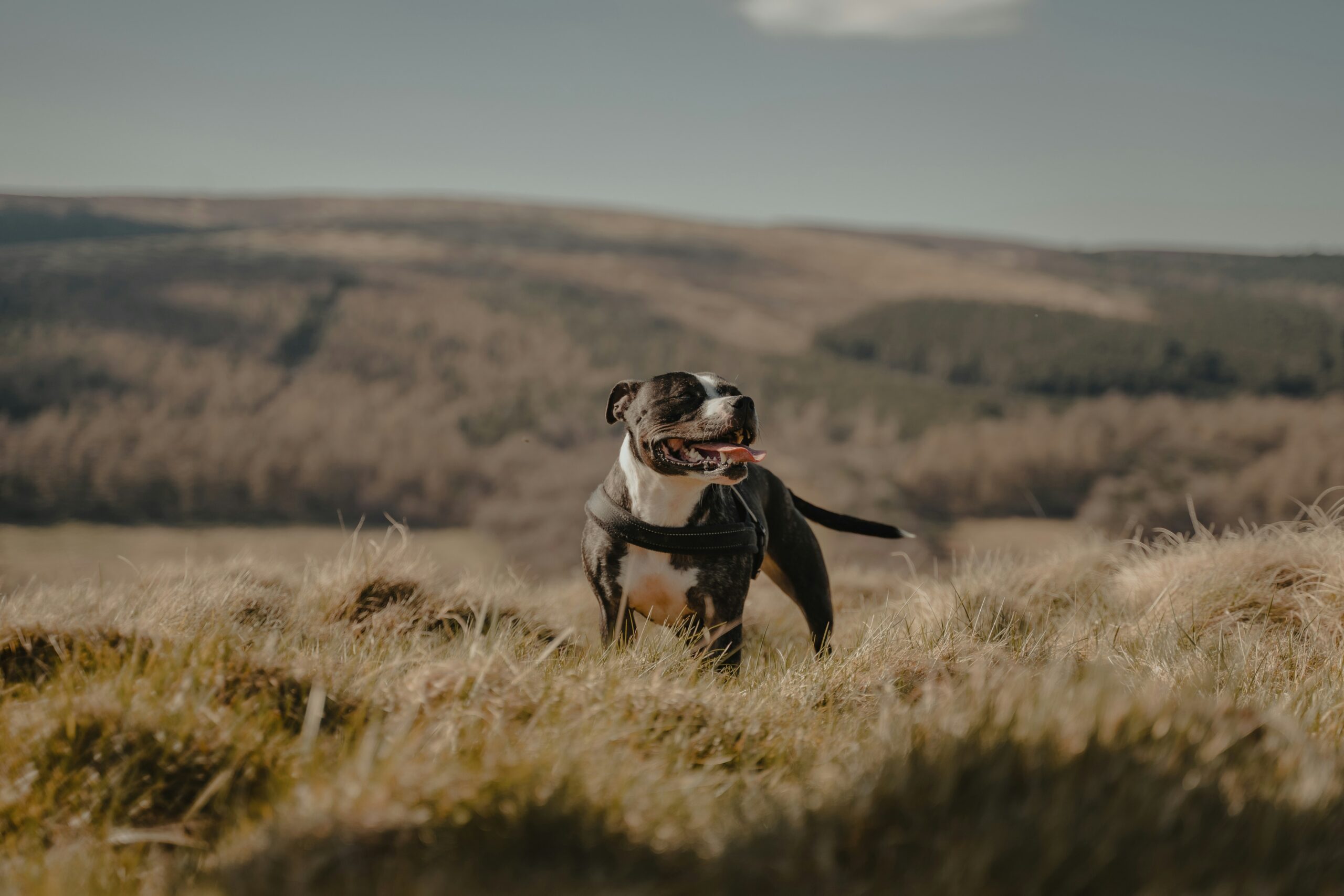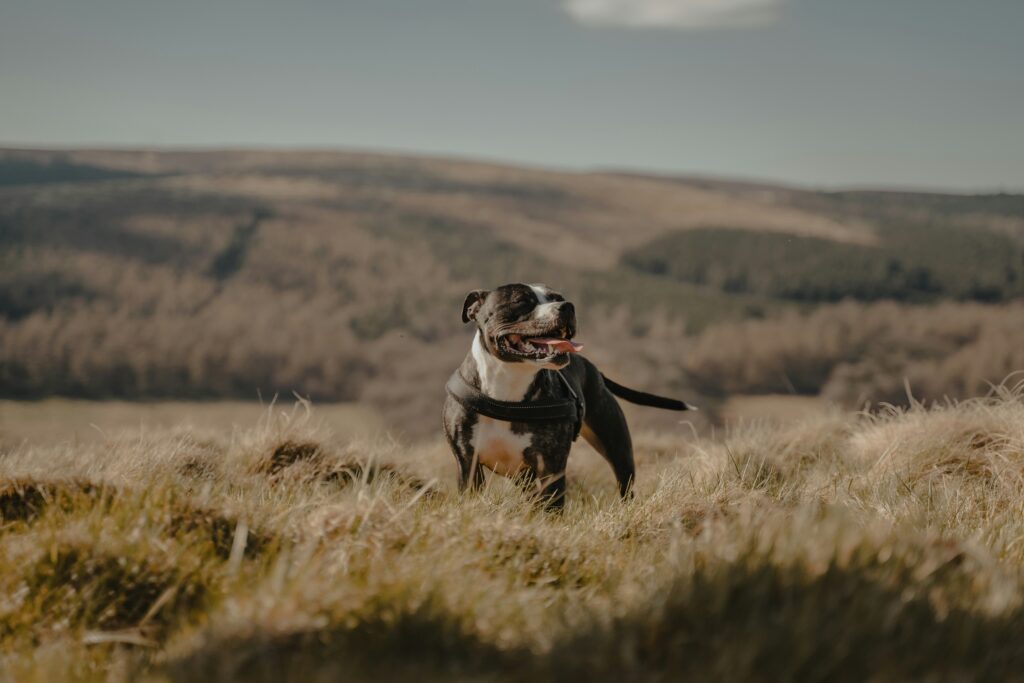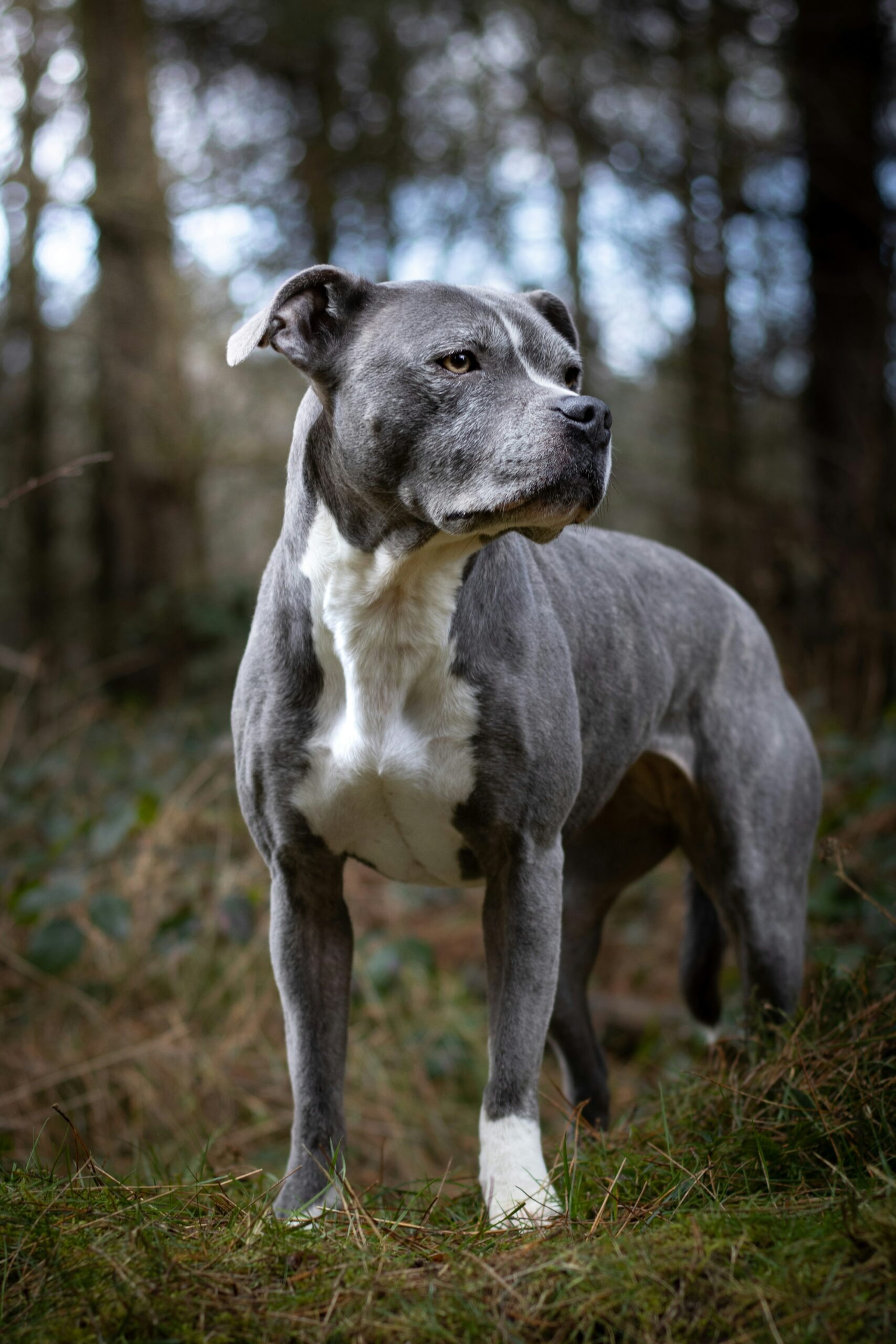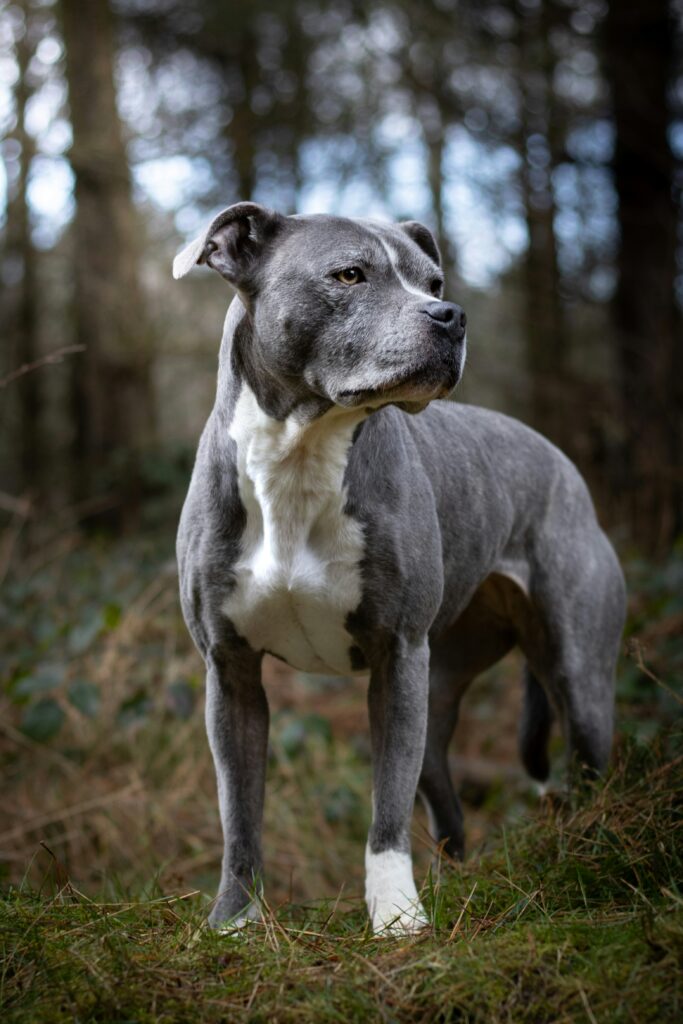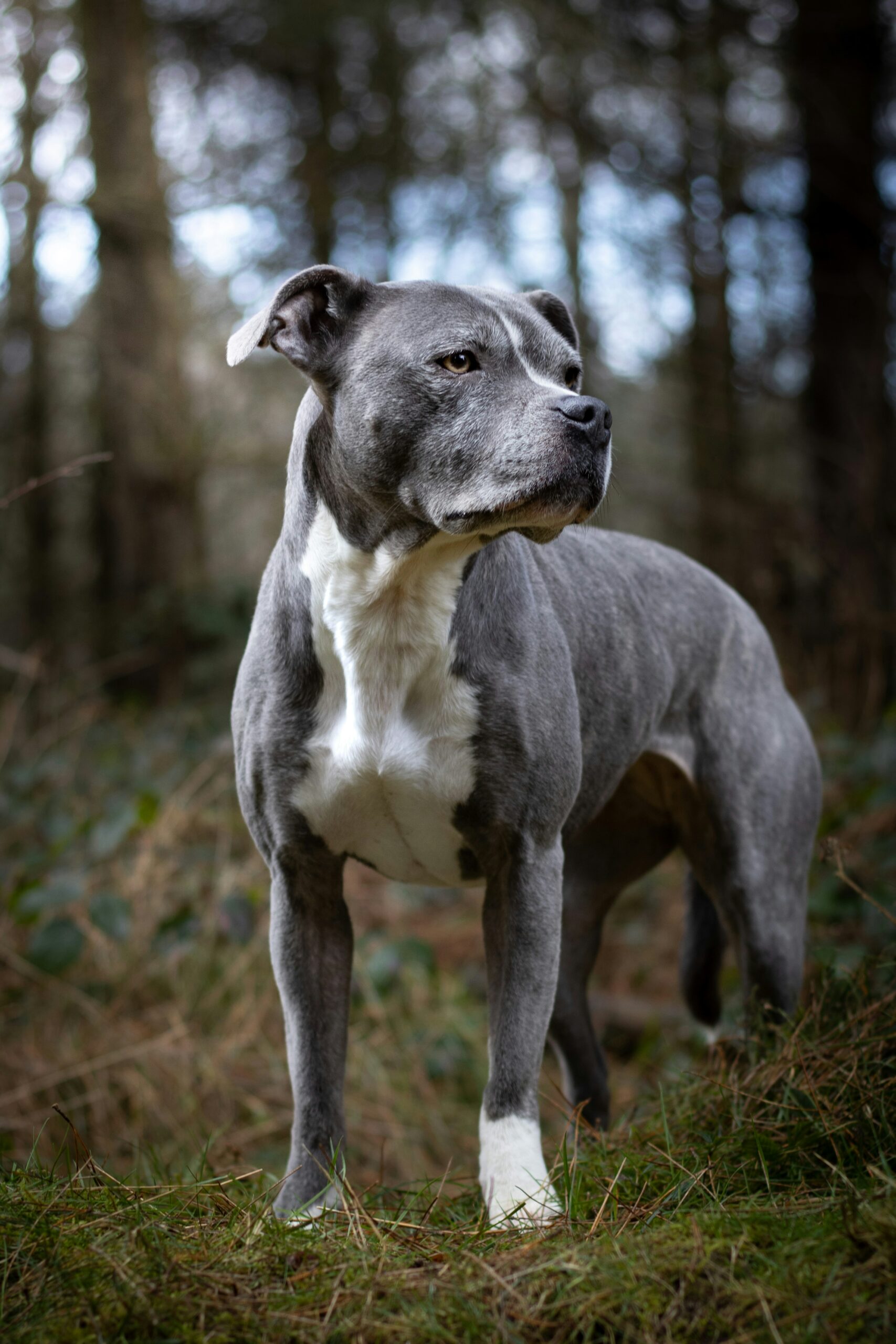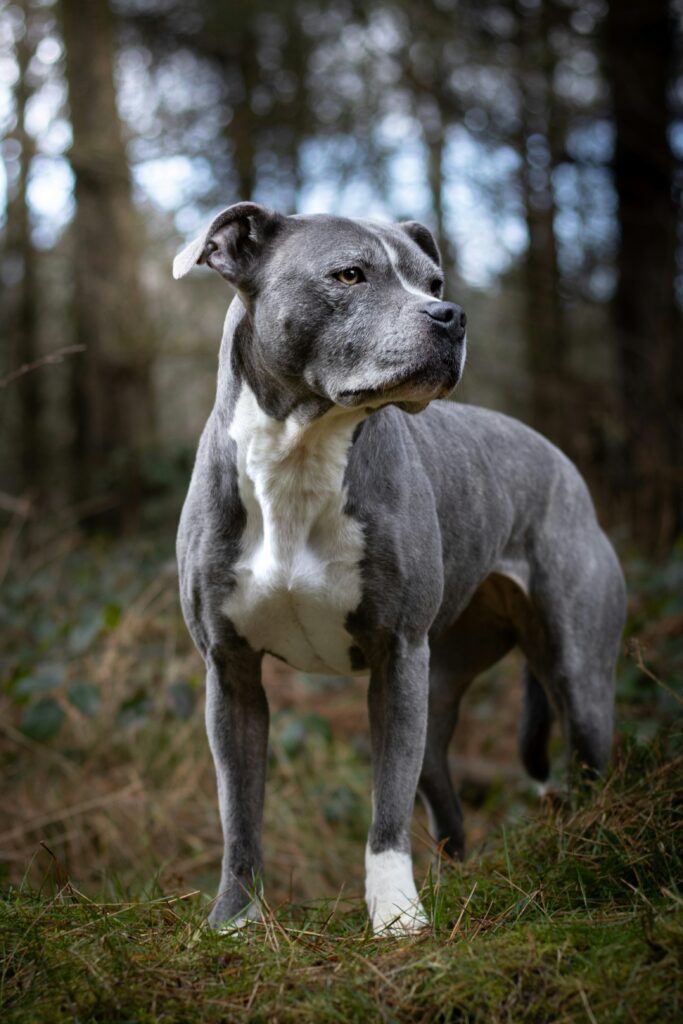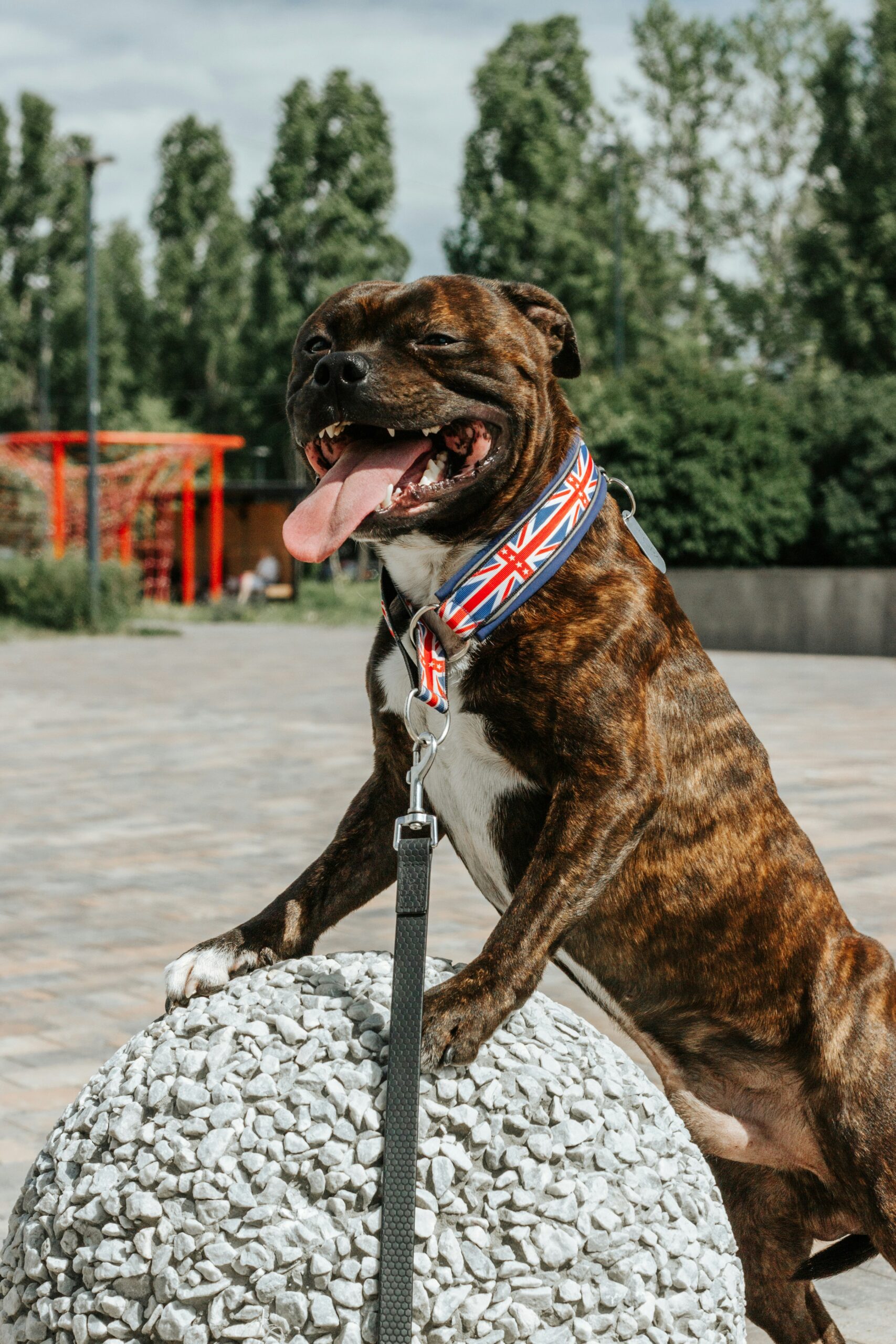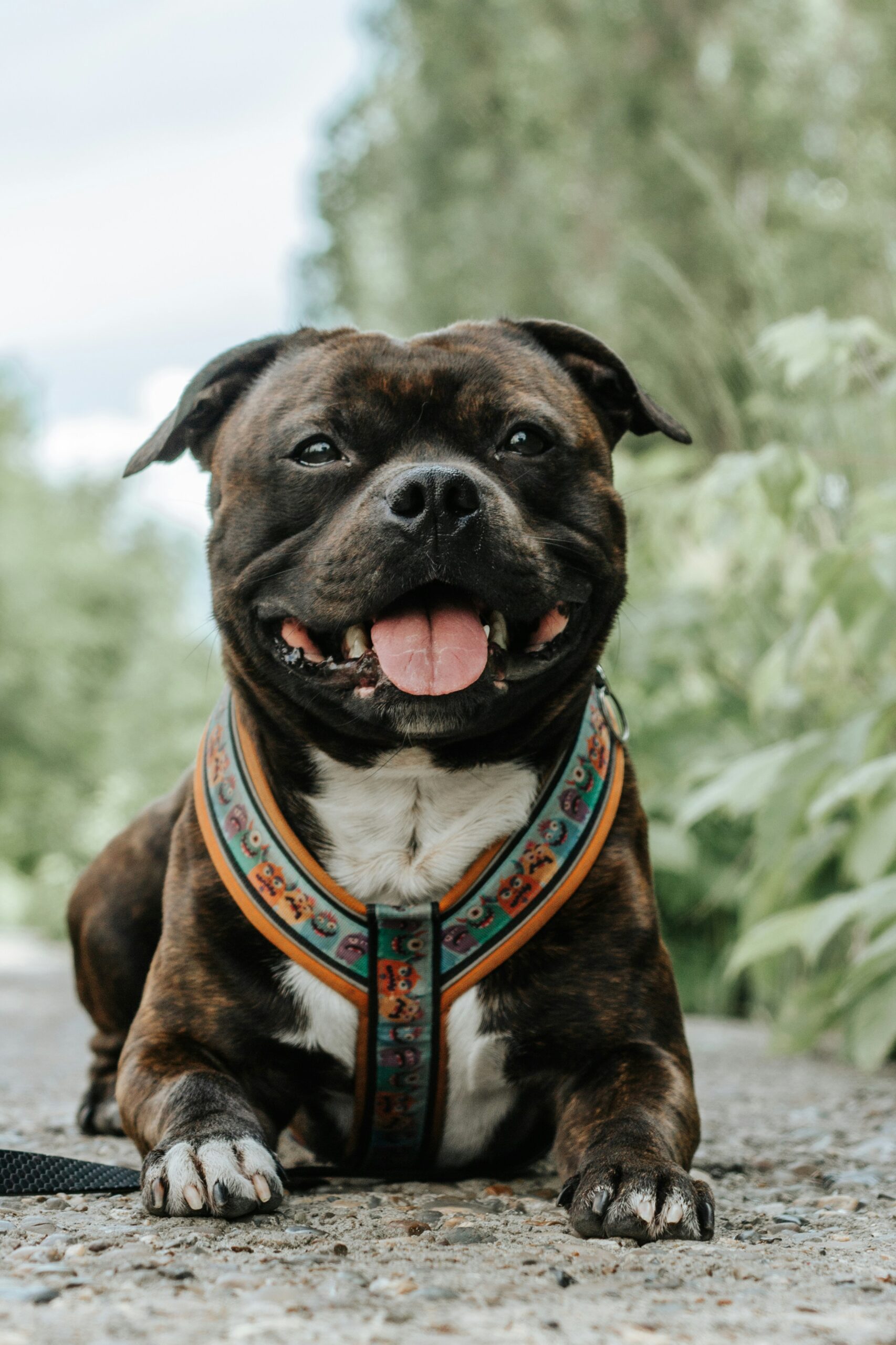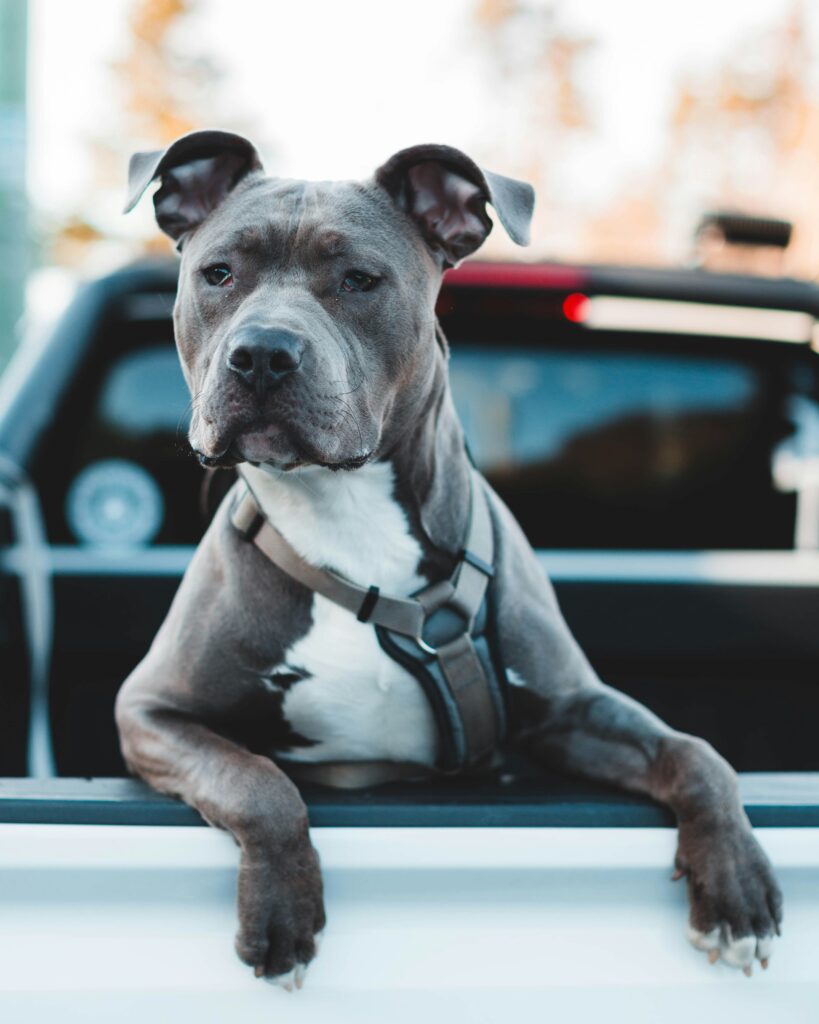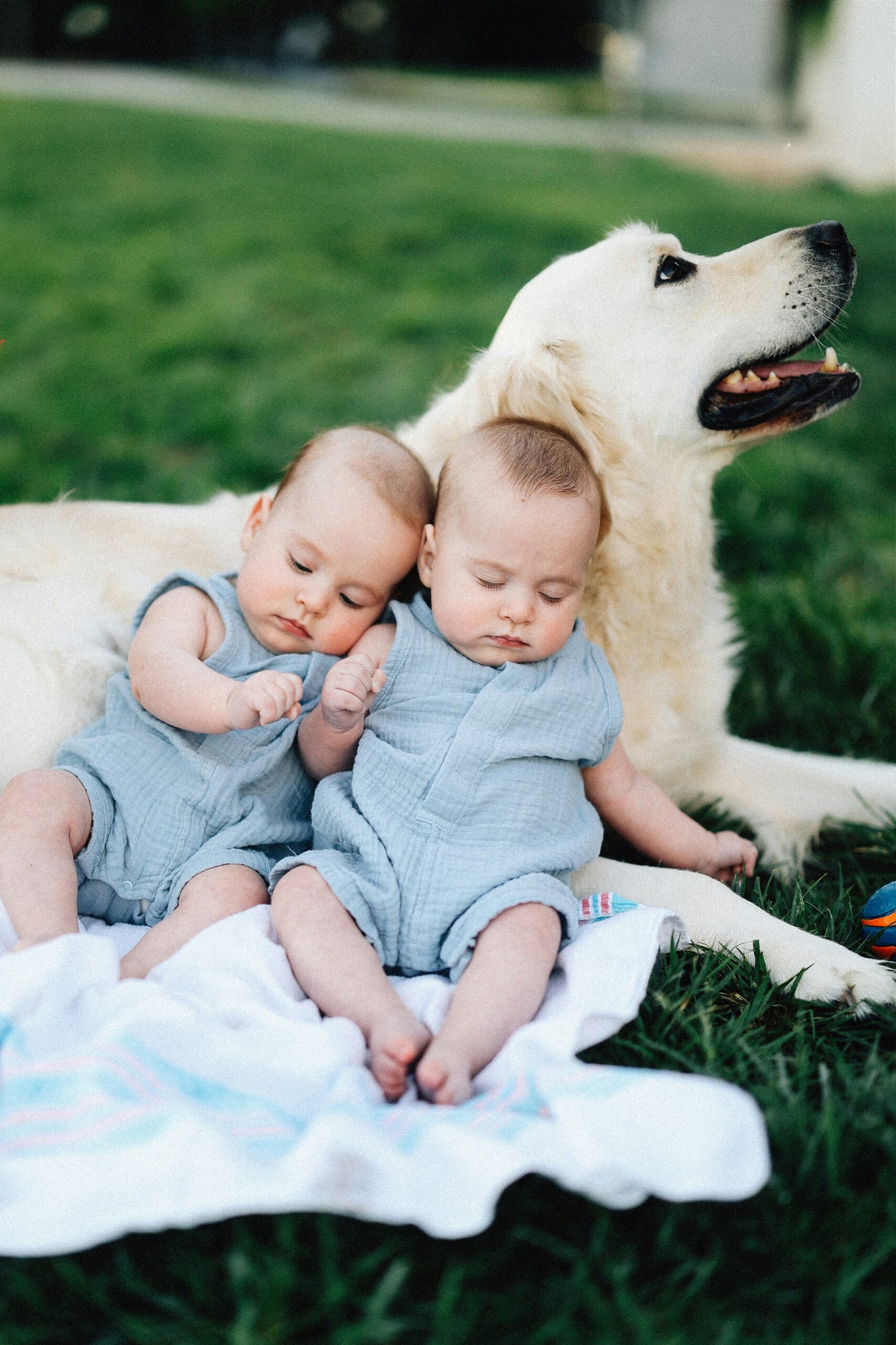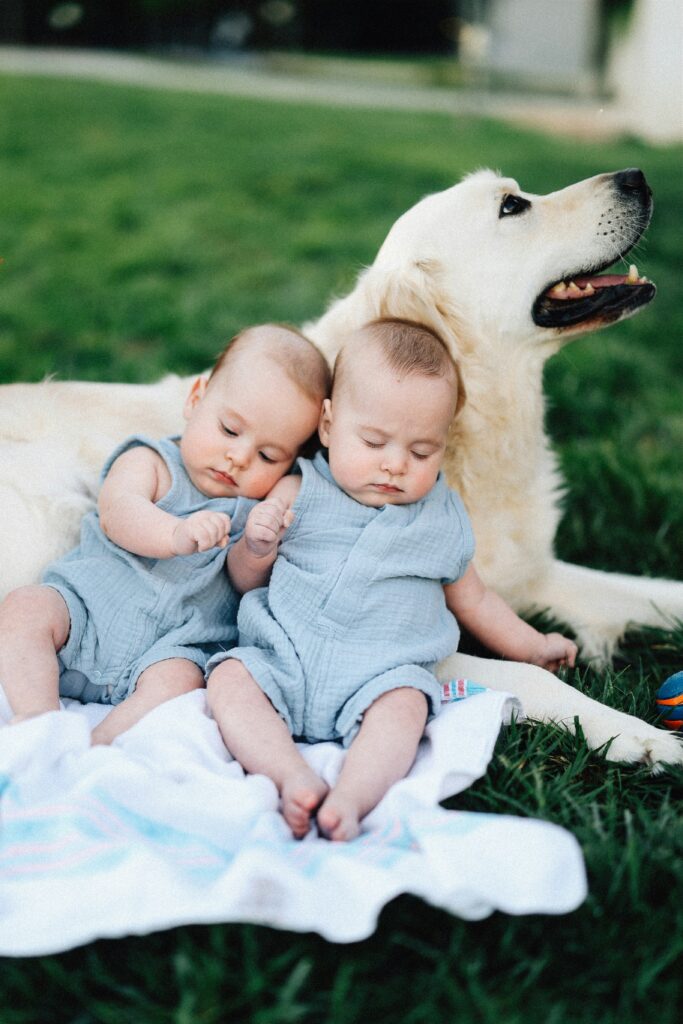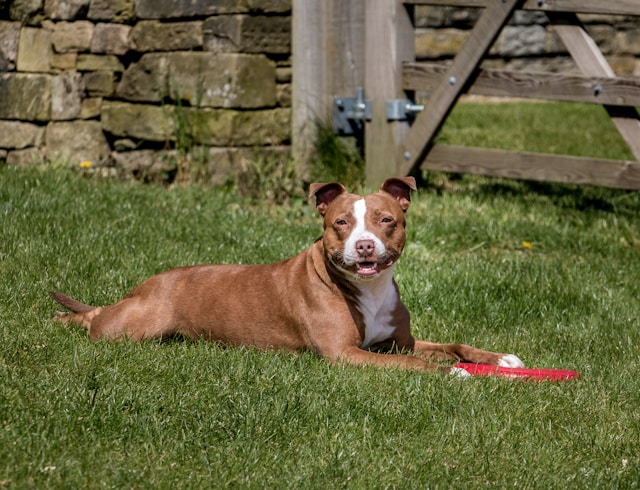If you’re thinking about bringing a Staffordshire Bull Terrier into your life, you’re in for a treat. These dogs, often just called Staffies, are absolute bundles of energy, loyalty, and love. With their muscular build, cheeky grins, and affectionate nature, it’s no wonder they’ve stolen so many hearts. But before you dive headfirst into puppy cuddles, let’s chat about something super important: the Staffy dog price. Understanding the costs involved in owning a Staffy—both upfront and over time—will help you make a smart, informed decision. So, grab a cup of coffee, and let’s break down everything you need to know about the Staffordshire Bull Terrier cost.
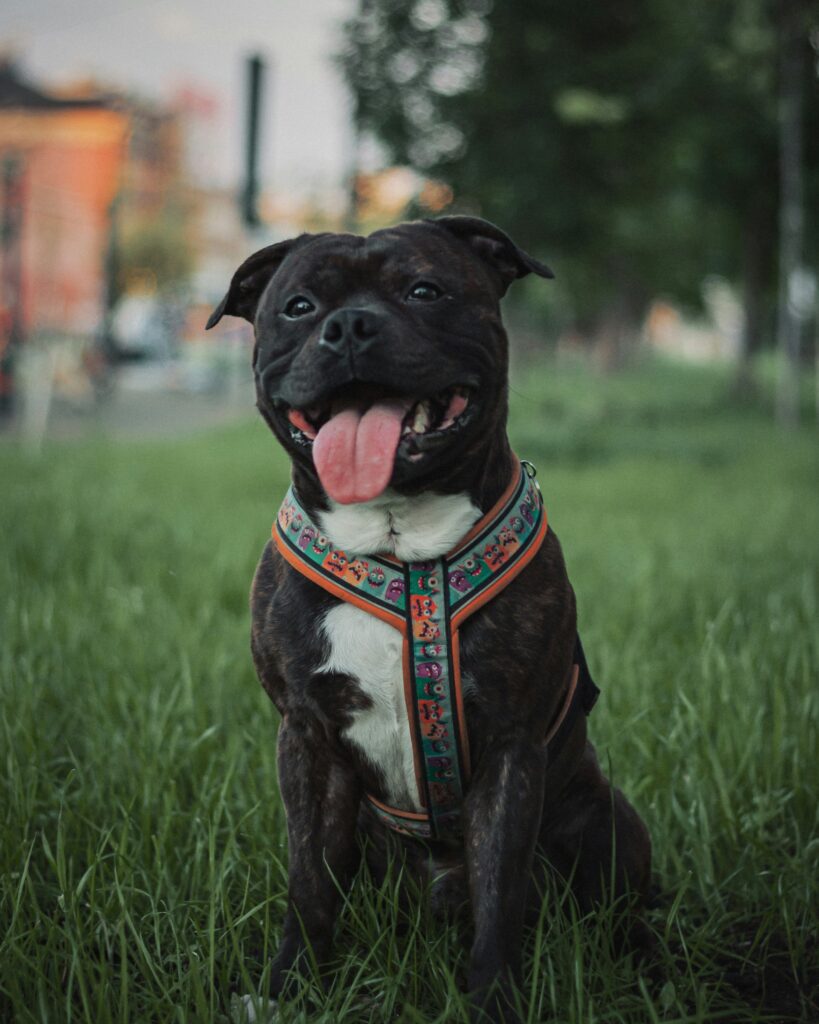
What Influences the Staffy Dog Price?
Alright, let’s get into the nitty-gritty of what affects the Staffy price. Just like with anything you buy, the cost of a Staffordshire Bull Terrier can vary a lot depending on a few key factors. First up, the breeder’s reputation plays a huge role. A well-known, ethical breeder who health-tests their dogs and prioritizes the well-being of their pups will often charge more. And honestly, that’s a good thing—you’re paying for quality and peace of mind.
Location is another biggie. If you’re in a big city or an area where Staffies are in high demand, you might see a higher Staffordshire Terrier price. On the flip side, rural areas or places with less demand might have lower prices, though availability could be an issue. Then there’s pedigree. A Staffy with champion bloodlines or show-quality lineage will cost more than one without those fancy credentials. Demand and availability also come into play—if Staffies are rare in your area, breeders can charge a premium. So, when you’re wondering how much is a Staffordshire Bull Terrier, keep these factors in mind as they can swing the price quite a bit.
Average Staffordshire Bull Terrier Cost by Region
Now, let’s talk numbers and see how the Staffordshire Bull Terrier cost changes depending on where you are. In the United States, for example, you might pay anywhere from $800 to $2,500 for a Staffy puppy from a reputable breeder. In states like California or New York, where demand is high and the cost of living is steep, you’re more likely to be at the higher end of that range. Meanwhile, in more rural areas or states with lower demand, the Staffy dog price might hover closer to the $800-$1,200 mark.
Across the pond in the UK, where Staffies are super popular, prices typically range from £600 to £1,500 (that’s roughly $750 to $1,900 USD). In Australia, expect to shell out between AUD $1,000 and $3,000, depending on the breeder and location. Urban areas almost always have higher Staffy price tags due to demand and higher breeder overheads, while rural spots might offer a bit of a discount—but you might have to travel further to find a pup. So, wherever you are, do a little local research to get a feel for the Staffordshire Terrier price in your neck of the woods.
Staffy Price Breakdown: Initial Costs
Okay, let’s dive into the upfront costs of bringing a Staffy home. If you’re buying from a breeder, the Staffy dog price for a puppy usually falls between $800 and $2,500, as I mentioned earlier. This range depends on whether the pup is purebred, has a notable pedigree, or comes with health clearances and initial vaccinations. Purebred Staffies with papers from organizations like the AKC (American Kennel Club) or KC (Kennel Club in the UK) will often be pricier—sometimes closer to $2,000 or more.
On the other hand, if you’re looking at a mixed-breed Staffy (maybe crossed with another breed like a Lab or Pit Bull), the Staffordshire Bull Terrier cost might drop to $500-$1,000. These pups can still be just as loving and wonderful, but they won’t come with the same “official” lineage. Keep in mind, though, that the initial purchase price is just the start. You’ll also need to budget for things like a crate, bed, food bowls, and maybe a vet check-up right after bringing your pup home. So, when you’re asking how much is a Staffordshire Bull Terrier, remember to factor in these extras—they can add another $200-$500 to your initial outlay.
How Much Is a Staffordshire Bull Terrier from a Shelter or Rescue?
Now, if buying from a breeder isn’t your vibe, let’s talk about adopting. I’m a huge fan of giving a rescue dog a second chance, and Staffies often end up in shelters through no fault of their own. So, how much is a Staffordshire Bull Terrier from a shelter or rescue? Typically, adoption fees range from $50 to $300, which is a steal compared to breeder prices. These fees usually cover things like spaying/neutering, vaccinations, and sometimes even microchipping.
The benefits of adopting go beyond just saving on the Staffordshire Terrier price.You’re giving a dog a loving home, and many rescue Staffies are already past the chaotic puppy stage, so you might skip some of the chewing and potty-training drama. Plus, shelters often have a good sense of the dog’s personality, so they can match you with a pup that fits your lifestyle. If you’re looking to keep the Staffy price low while doing something awesome, adoption is the way to go. Just make sure to ask about the dog’s history and any medical or behavioral needs—they might affect long-term costs.
Ongoing Staffordshire Terrier Price: Long-Term Expenses
Alright, now that we’ve covered the upfront Staffy dog price, let’s chat about the ongoing costs of owning a Staffordshire Bull Terrier. These pups aren’t just a one-time purchase—they’re a long-term commitment, and the expenses add up over their 12-16 year lifespan. First up, food. Staffies are medium-sized dogs with a decent appetite, so expect to spend about $30-$60 a month on quality kibble or raw food, depending on their size and activity level. That’s roughly $360-$720 a year.
Grooming is pretty low-maintenance for Staffies since they’ve got short coats, but you’ll still spend $50-$100 a year on basics like shampoo, brushes, or the occasional professional groom. Veterinary care is where things can get pricey. Routine check-ups, vaccinations, and preventatives (like flea and tick meds) might cost $200-$400 annually, but unexpected illnesses or injuries can easily bump that up. Pet insurance can help—plans start at $20-$50 a month—but it’s an added cost to consider when calculating the Staffordshire Bull Terrier cost.
Then there’s training, toys, and accessories. Staffies are smart and energetic, so you might want to invest in obedience classes ($100-$300) or puzzle toys to keep them entertained. Add in a leash, collar, and the occasional replacement bed, and you’re looking at another $100-$200 a year. So, when you’re thinking about the Staffy price long-term, plan for at least $1,000-$1,500 annually, more if something unexpected pops up.
Tips for Budgeting the Staffordshire Bull Terrier Cost
I know all these numbers might feel a bit overwhelming, but don’t worry—I’ve got some tips to help you budget for the Staffordshire Terrier price. First, always plan for the unexpected. Set aside a little emergency fund for vet bills because, trust me, accidents happen. Even something small like a cut paw or an upset tummy can cost a couple hundred bucks to sort out. Aim to save $500-$1,000 just in case.
To save on the initial Staffy dog price, consider adopting, as we talked about earlier. You’ll cut down on upfront costs and still get an amazing companion. For ongoing expenses, buy food and supplies in bulk when possible—it’s often cheaper. Look for deals on pet insurance early on to lock in lower rates before your pup gets older. And don’t skimp on preventative care like vaccinations or flea treatments; they’re way cheaper than treating a problem later. If you’re wondering how much is a Staffordshire Bull Terrier in the grand scheme, smart budgeting can make the costs much more manageable.
Another tip? DIY where you can. Instead of fancy groomers, learn to bathe and brush your Staffy at home. Make homemade toys out of old t-shirts or ropes—Staffies aren’t picky, they just want to play! By planning ahead and being savvy, you can keep the Staffordshire Bull Terrier cost from breaking the bank while still giving your pup a great life.
Where to Find a Staffy Dog at a Reasonable Price
So, where do you actually find a Staffy without getting ripped off or supporting shady practices? Let’s talk about getting a fair Staffy price from a legit source. Reputable breeders are a great starting point if you’re set on a puppy. Look for ones registered with kennel clubs (like the AKC or KC) who can provide health clearances for the parents and let you meet the pups in person. A good breeder will charge a reasonable Staffordshire Bull Terrier cost—usually within that $800-$2,500 range—and they’ll be upfront about everything.
If you’re browsing online marketplaces or classifieds, be super cautious. Sure, you might see a lower Staffy dog price on sites like Craigslist, but there’s a big risk of scams or puppy mills. These places often prioritize profit over the dogs’ health, and you could end up with a pup that has serious medical or behavioral issues—costing you way more in the long run. Always ask for references, visit the seller if possible, and trust your gut. If a deal seems too good to be true, it probably is.
Shelters and rescues are another fantastic option for a reasonable Staffordshire Terrier price, as we’ve discussed. Check local shelters, or look for breed-specific rescues that focus on Staffies. Websites like Petfinder can help you find adoptable dogs in your area. Wherever you look, take your time—rushing into a purchase can lead to regret. Do your homework to ensure you’re paying a fair Staffy price and bringing home a healthy, happy dog.
Conclusion
So, there you have it, my friend—a full rundown on the Staffy dog price and everything that goes into owning a Staffordshire Bull Terrier. Whether you’re buying from a breeder (where costs can range from $800 to $2,500) or adopting from a shelter (often just $50-$300), the initial Staffordshire Bull Terrier cost is just the beginning. Long-term expenses like food, vet care, and accessories can add up to $1,000 or more each year, so it’s crucial to budget wisely. Remember, factors like location, breeder reputation, and demand all play a role in the Staffy price, so do your research to find a pup at a fair cost.
I can’t stress enough how important it is to plan ahead. Ask yourself, how much is a Staffordshire Bull Terrier going to cost me over their lifetime, and am I ready for that commitment? Whether you’re drawn to their playful spirit or their unwavering loyalty, Staffies are worth every penny—but only if you’re prepared. Take your time, find a reputable source, and make sure you’ve got the funds to give your new best friend the life they deserve. Trust me, when you’re snuggled up with your Staffy after a long day, you’ll know it was all worth it.

